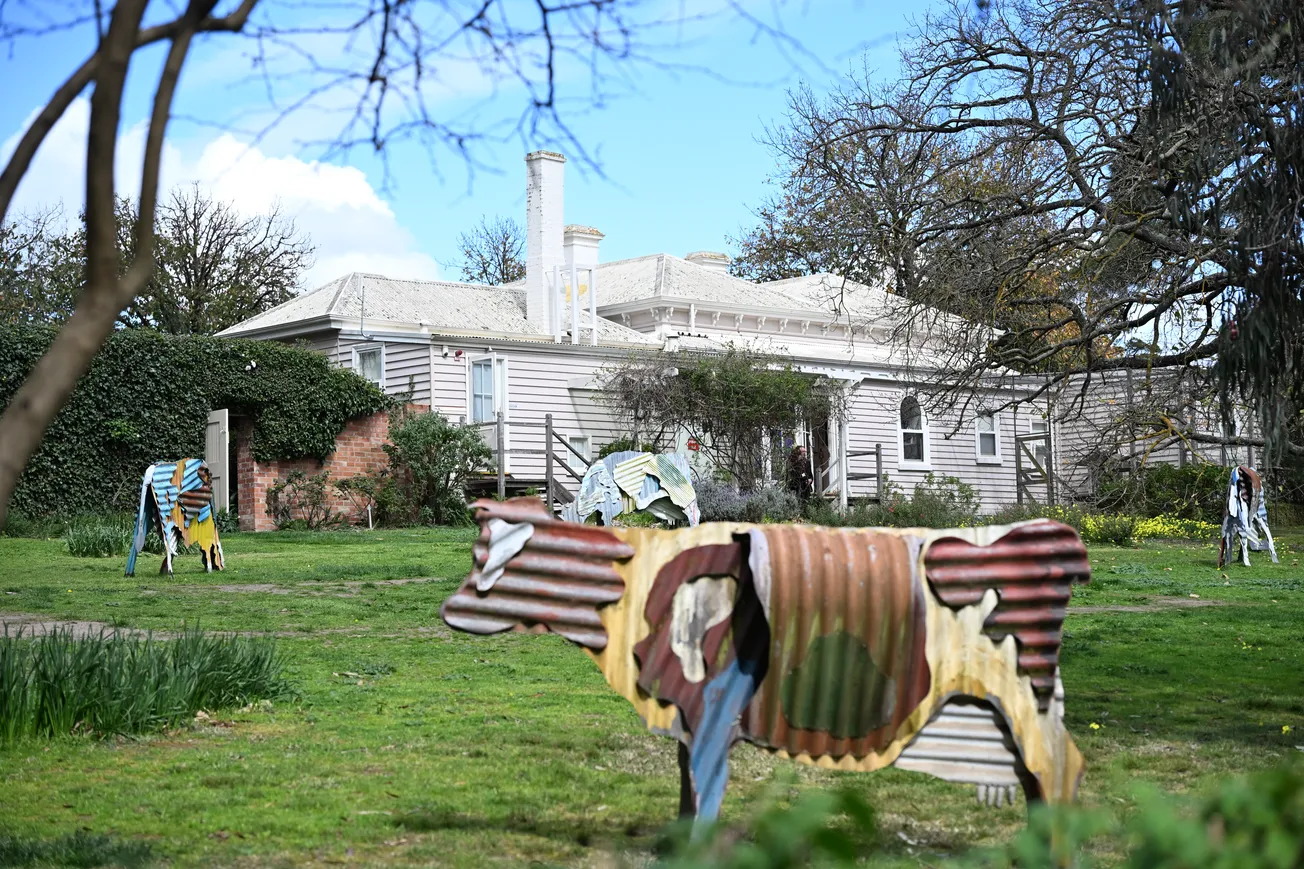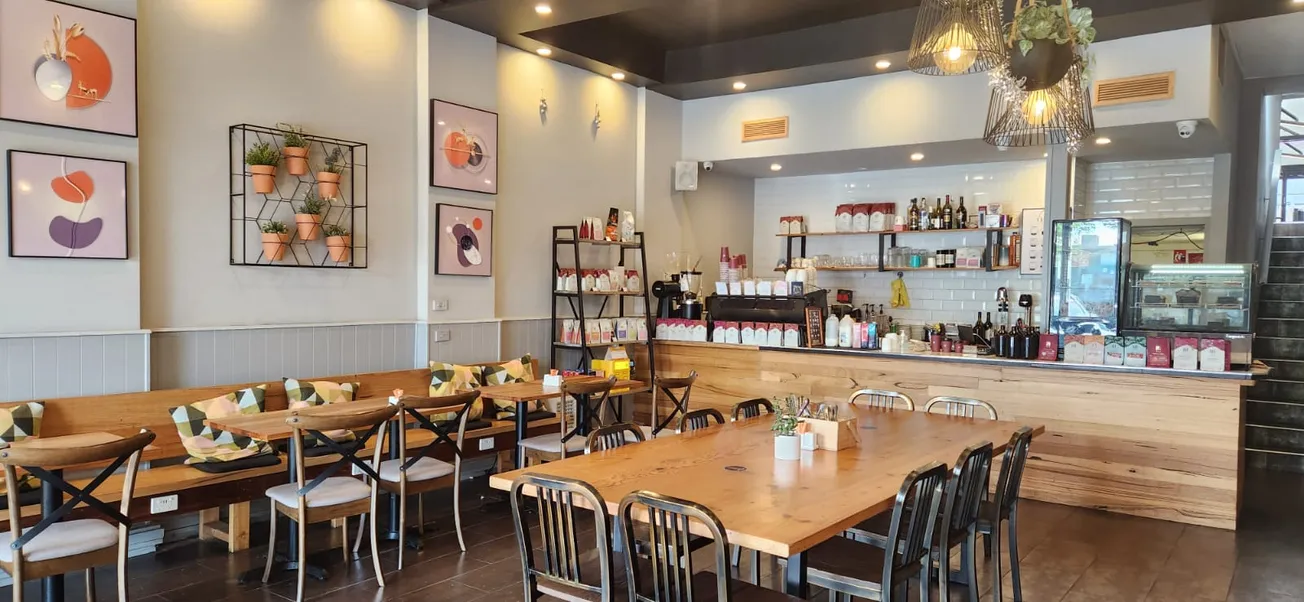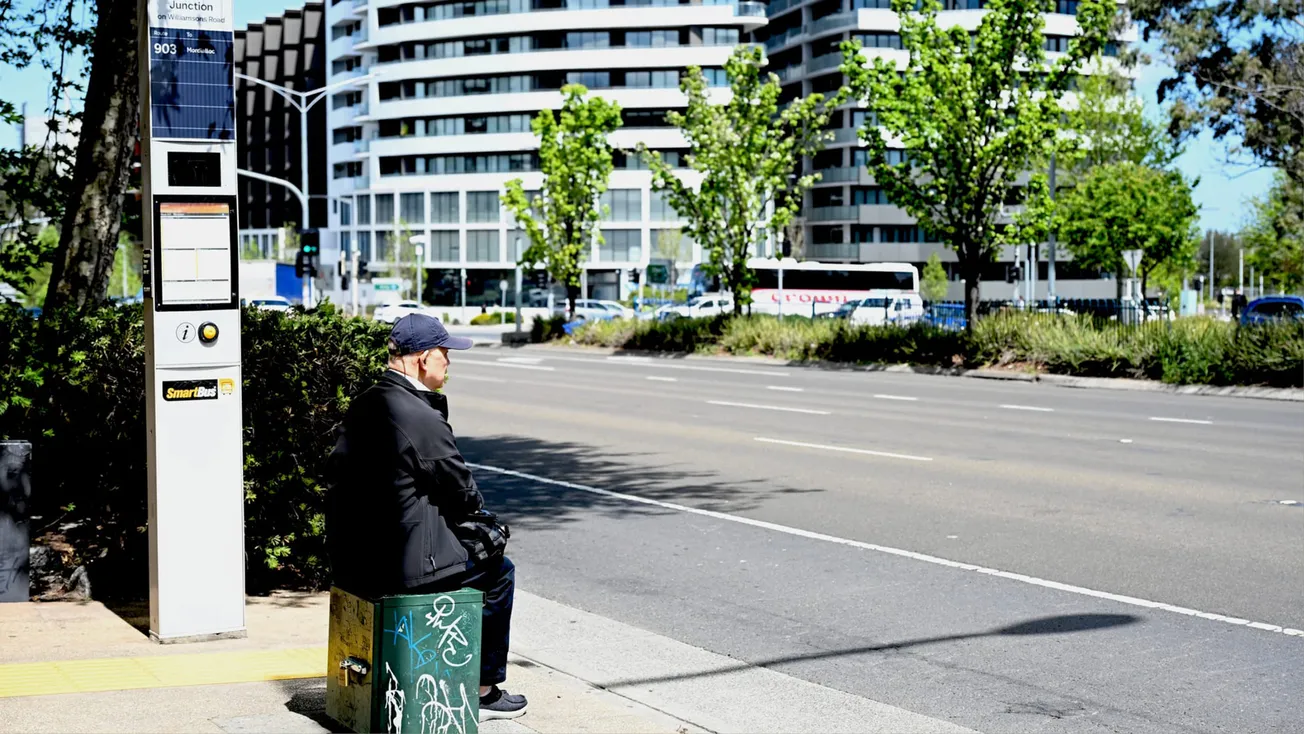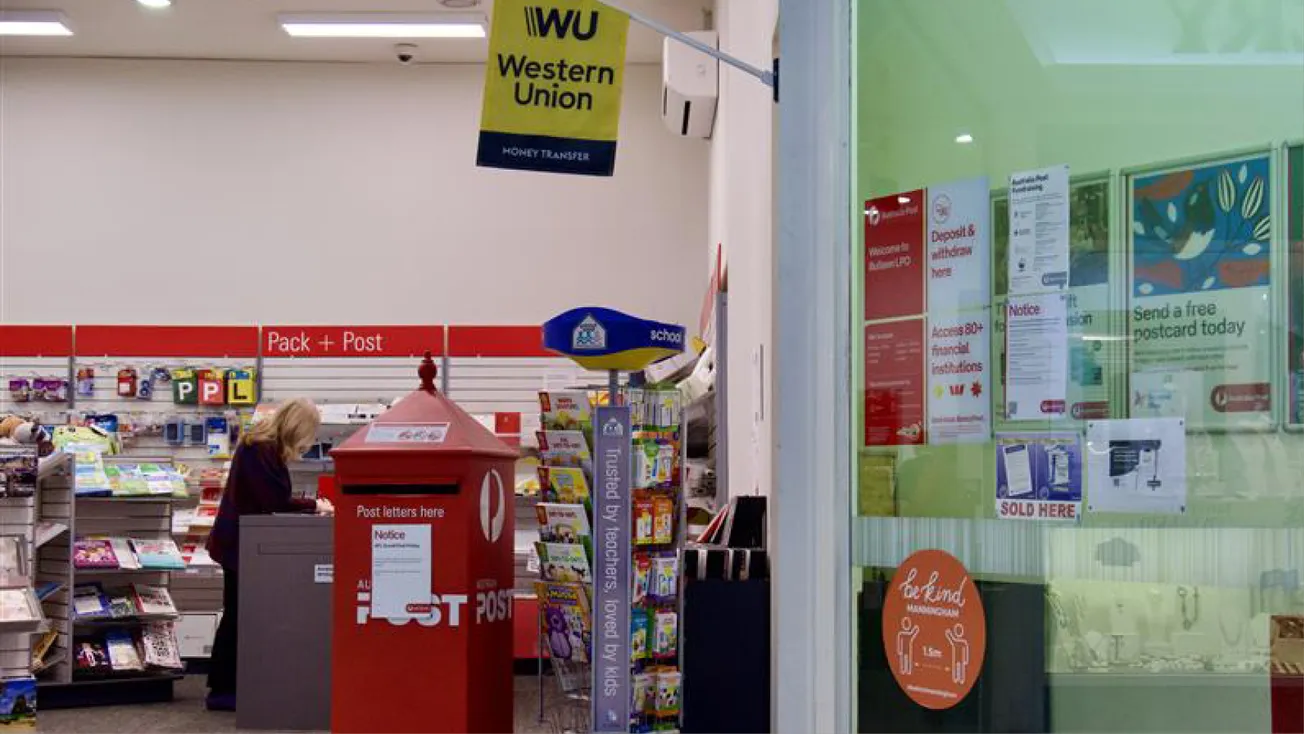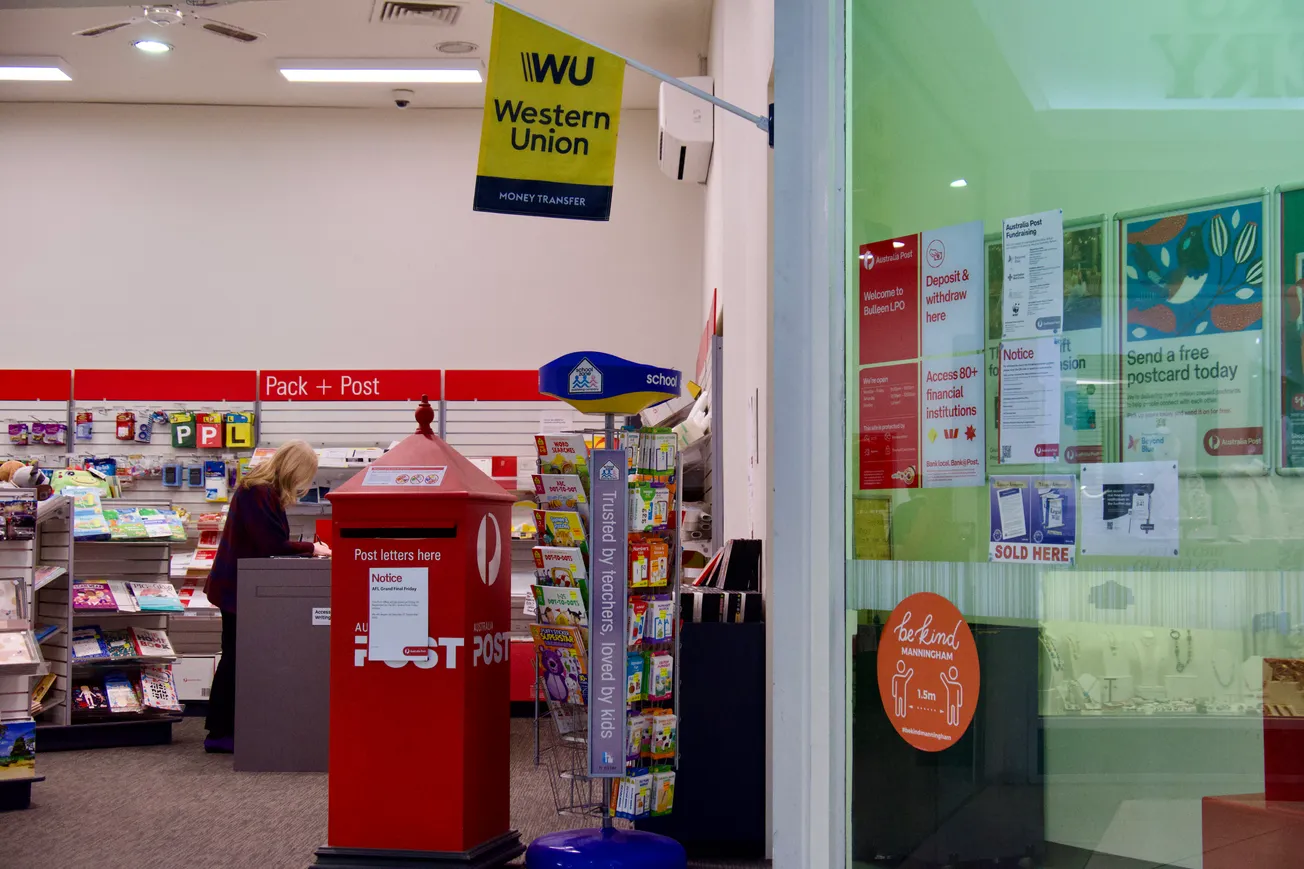Table of Contents
On a sunny morning, a group of secondary school students walks across the green lawns of Heide Museum of Modern Art, sketchbooks in hand. They pause in front of a large painting, their teacher guiding them through the colours and shapes.
For many Manningham residents, Heide is a familiar friend—a weekend spot, a place for picnics, or just somewhere to escape the city buzz. But it is also a place shaped by decades of artists living and working here: a home where art was made, discussed and tested as part of daily life.
In 1934, John and Sunday Reed purchased a modest farmhouse in Bulleen and named it “Heide.” Unlike the private estates of their social class, the Reeds opened their home to a circle of young, avant-garde artists. In the 1940s, as war and change swept through the world, the Reeds welcomed painters, poets, writers who wanted to experiment. They provided meals, conversation, and even accommodation, giving these artists the time and space to create.
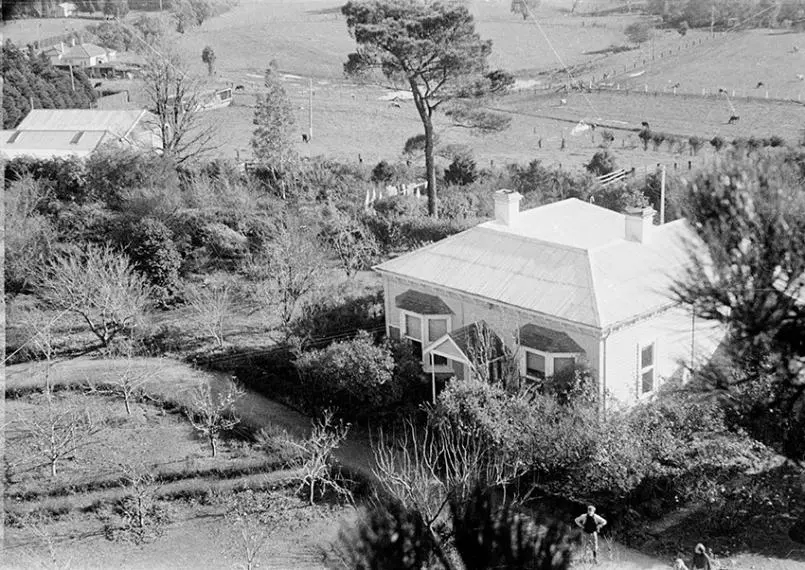
The Reeds’ home soon became known as the centre of the “Heide Circle.” They embraced modernism—a style that broke with the past—and questioned traditional voices in Australian art. Some were part of what became known as the Angry Penguins group, pushing boundaries in both art and ideas.
Many artists had passed through Heide’s doors. Albert Tucker and Joy Hester found both support and a space to experiment during difficult years. Arthur Boyd painted here before moving on to wider recognition, while Charles Blackman joined the circle in the 1950s, developing the style that later defined his career. Heide encouraged artistic choices, showing that art often emerges from relationships and community, not in isolation.
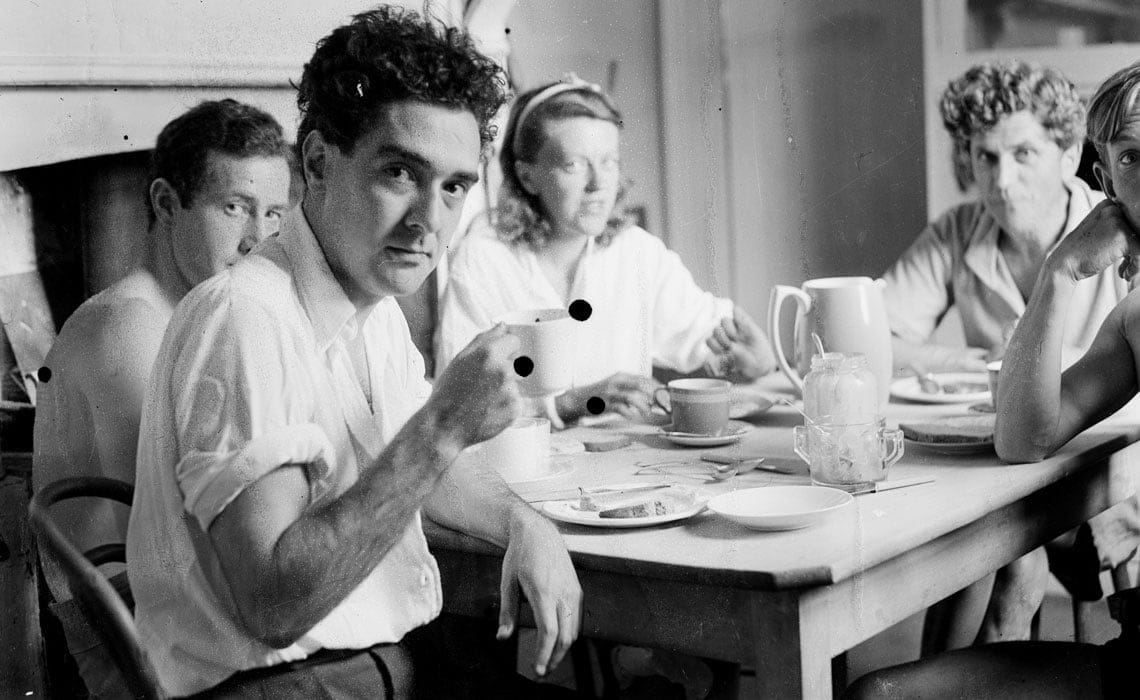
One of the young artists deeply shaped by Heide was Sidney Nolan. Between 1946–47, while staying intermittently with the Reeds, he painted most of his iconic Ned Kelly series right here at Heide—using the dining-room table, surrounded by friends, books, and conversations. These stark, iconic images of an outlaw in a black iron mask redefined national identity and secured Nolan's place in history.
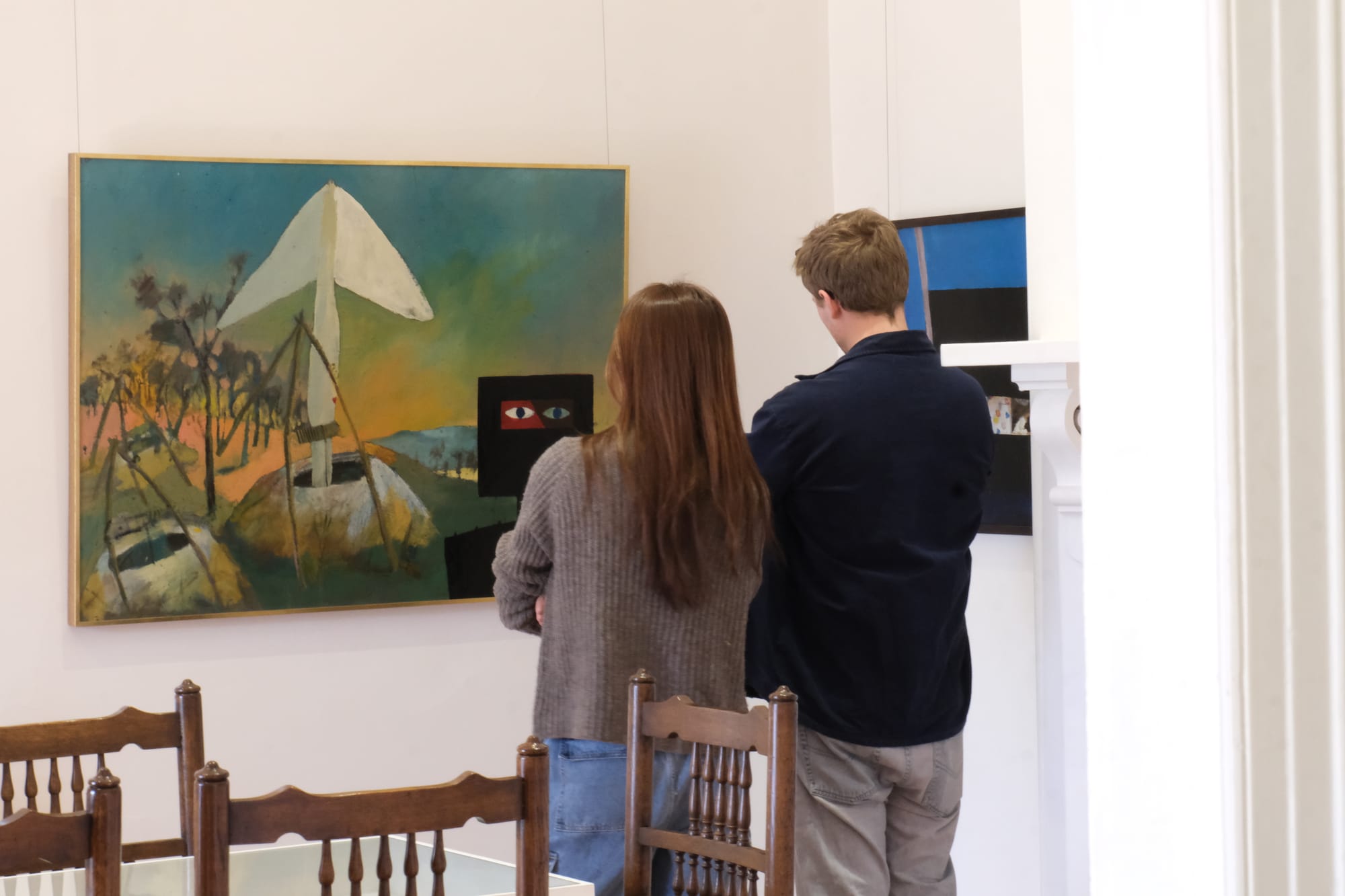
In all, the Reeds’ role went beyond providing shelter. They gave financial and emotional support, buying works, covering living costs, and sustaining the artists’ daily lives. In doing so, they helped shape not only the personal trajectories of Tucker, Hester, Boyd, Blackman and Nolan, but also the course of Australian modernism. At Heide, the lines between home, studio and gallery disappeared—art was lived as much as it was created.

Today, Heide Museum of Modern Art continues this legacy. Its artist-in-residence programs invite contemporary creators to experiment on the same grounds where Sidney Nolan once painted Ned Kelly. Through exhibitions and public workshops, Heide ensures that its founding ethos of supporting risk-taking, experimentation and artistic freedom remains alive and relevant to new generations. This legacy is reflected not only in its programs but also in the physical landscape of the museum precinct.
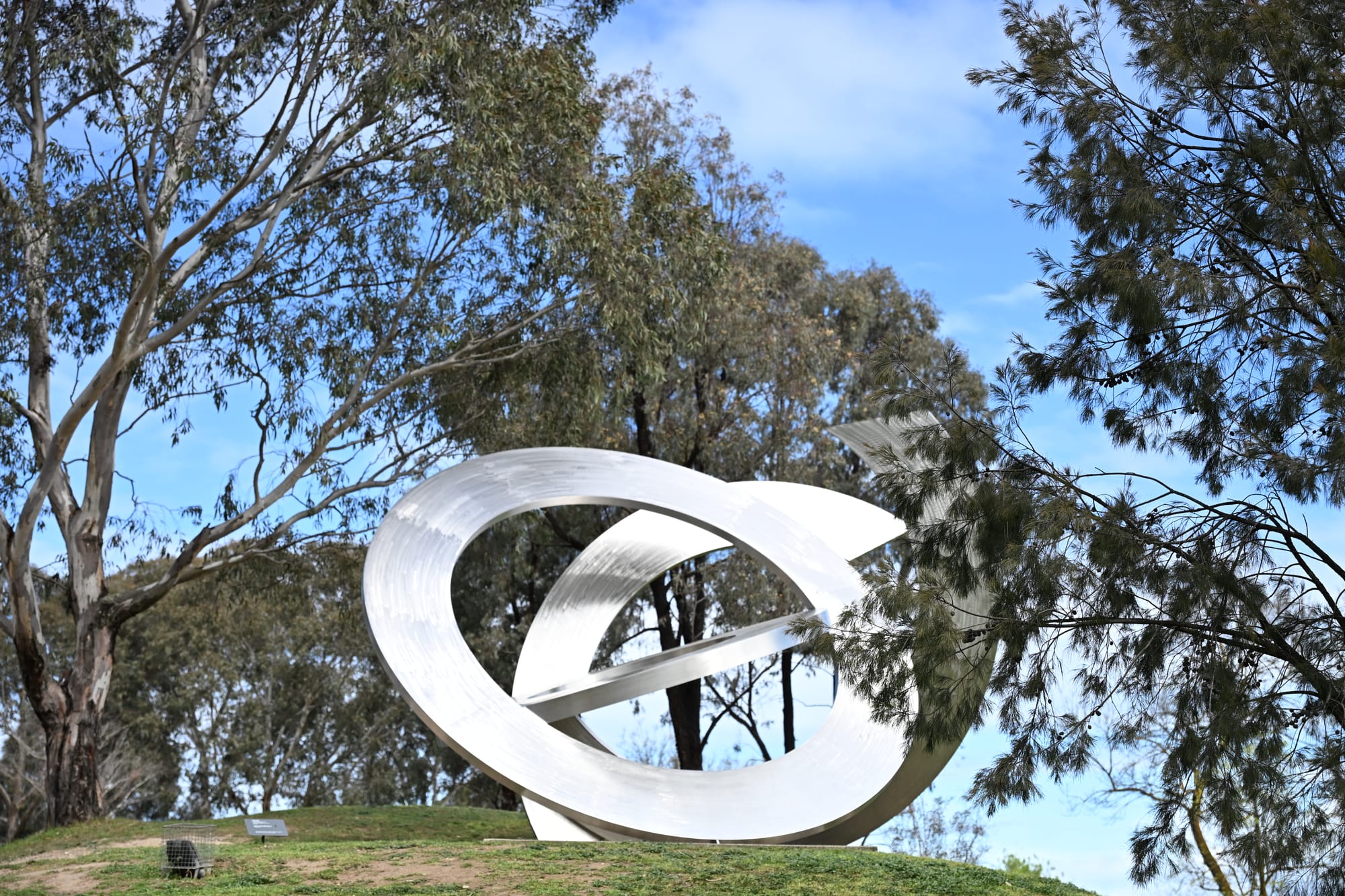
The Heide museum precinct now covers 6.5 hectares of parkland along the Yarra River in Bulleen. It includes three distinct gallery spaces—Heide Cottage, Heide Modern and the Main Galleries—as well as a sculpture park featuring more than forty works by Australian and international artists. Visitors can also explore the Reed family’s original cottage, the modernist house designed as a “gallery to be lived in,” and a kitchen garden with seasonal produce. Together, these elements show that Heide is not only a site of exhibitions but also a landscape where art, architecture and community life are closely connected.

For the Manningham community, Heide functions as more than a cultural attraction. It also serves as a learning space. Local schools regularly organise visits, and students are introduced to both art history and creative practice within the museum’s programs. In 2023, Heide welcomed over 150,000 visitors and ran dozens of education programs. More than 6,000 students took part in guided tours, workshops, or school visits. These activities establish Heide as an important educational resource in the community.

At the same time, Heide has become a point of pride for Manningham. The museum’s international reputation places the community on the cultural map of Australia and attracts visitors from Melbourne and beyond. In this way, Manningham is not only the custodian of an artistic landmark but also an active participant in shaping Australia’s cultural story.

The original Reed cottage remains preserved within the Heide precinct. Once home to John and Sunday Reed for 35 years, it was also the place where Sidney Nolan painted his celebrated Ned Kelly series in the 1940s. Today the cottage houses part of the Heide Collection, highlighting the site’s role as both a family residence and a place of artistic production.

Beyond the cottage, Heide also integrates with Manningham’s everyday rhythm through the monthly Heide Market. On weekends, families and neighbours gather on the museum lawns to buy local produce, handmade crafts and artworks. These markets blur the line between art and daily life. In this way, Heide continues to connect its artistic heritage with the everyday experiences of Manningham residents.


